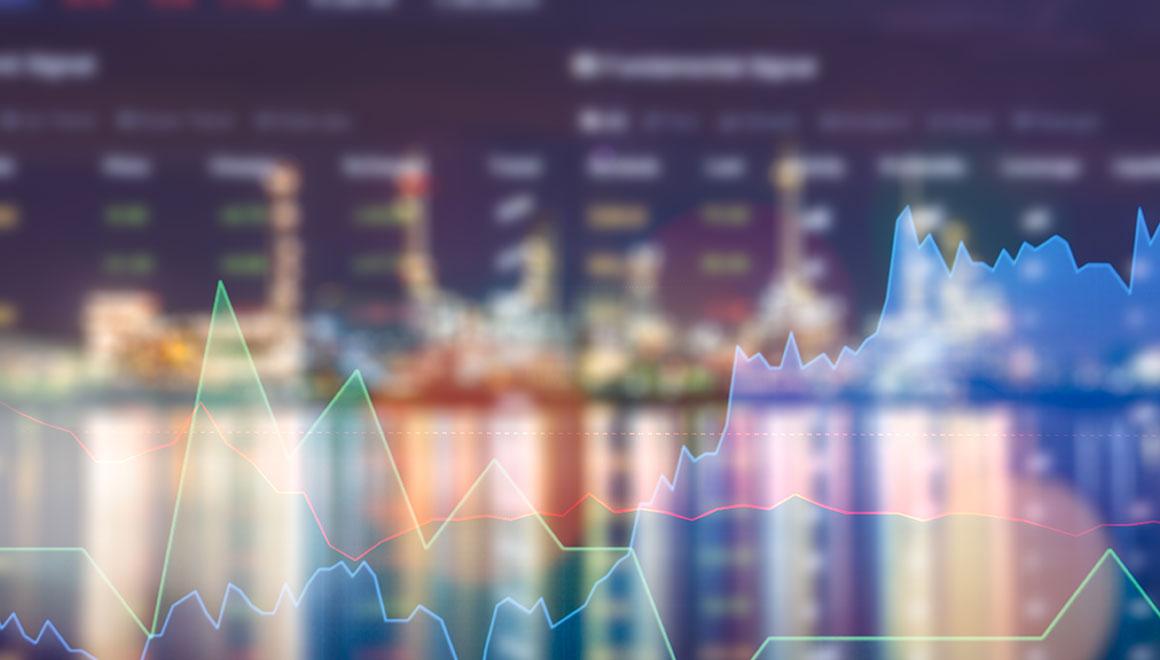Volatility
Jun 17, 2022

Anyone that watches the energy complex has heard “volatility” a lot over the last year and a half. When I first started in energy 10 years ago, a $.05 swing per gallon was normal for gas and diesel. Today, traders are seeing daily moves of $.15-$.20 a gallon. What causes these swings? Let’s take a look at supply and demand.
Supply:
- US Oil production continues to increase. As of last week, it was up to 12,000,000 barrels per day, which is a post pandemic high. Oil rigs continue to climb each week, but at a slow rate. We are at 580 rigs compared to 365 last year at this time. The political climate has been anti-fossil fuels, which has cautioned oil companies from long term future investments in capital. They are focusing on paying down debt, buying back stock and paying shareholders dividends on improved margins.
- Before the pandemic, the US was just shy of producing a record 13,000,000 barrels per day. Since then, about 1,000,000 barrels, or 5% of production have been shut down. Very few refiners are adding capacity and there are no plans of any new refineries. US refiners are running at 93.7% capacity. Around the world, capacity has shrunk by 2.13 million barrels a day.
- OPEC+ continues to increase their production goals, but they have struggled to hit their targets. Most member countries have reached max capacity.
- Sanctions resulting from the war between Russia and Ukraine have changed global logistics. Russia has been able to find other buyers for its energy products in China and India, as Europe has been trying to turn itself away from Russian supply.
Demand:
- Gas and diesel demand in the US is reaching pre-pandemic levels. On a global scale, most countries have not reached pre-pandemic levels. Expect future demand to increase.
- Average US gas and diesel prices are at an all time high. Gas is at $5.01 per gallon and diesel is at $5.71. What price point will cause demand destruction?
- Inflation continues to run red hot with last week’s consumer price index at 8.6%. Expectations are that inflation will continue to run high compelling forecasts of a recession. 10 out of the 11 recessions the US has experienced since WWII have happened following a sharp rise in energy prices. The federal reserve continues to try to slow inflation down by raising interest rates. Slowing the economy down would reduce the energy demand, potentially lowering energy prices.
- Covid restrictions in some countries have slowed economic growth and energy demand. China continues to struggle with its zero-tolerance policy.
- Petroleum products are engrained in almost everything we buy, use or consume. From make-up to candy, you name it, it has petroleum in it. Higher energy prices cause higher prices for almost everything.
What does all this mean to consumers?
An end to the Russia-Ukraine war may temper prices for a short time, but we are fundamentally short investments in future energy production to meet demands. There are presently no good alternatives to replace the growing global energy demand and petroleum demand will continue to increase for several years to come. We will continue to see volatility in the energy markets and I would expect these high energy prices until oil companies are willing to invest in more capital to increase production or demand destruction from a recession.
Reach out to me or any member of our Energy Sales team with questions or if you want to discuss energy pricing strategies to minimize your risk in these volatile times.